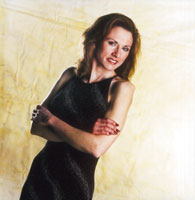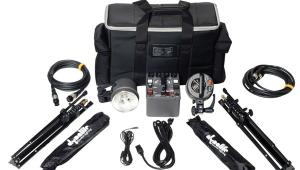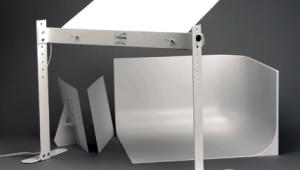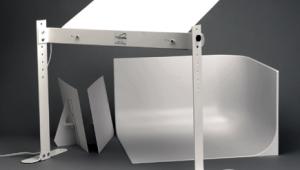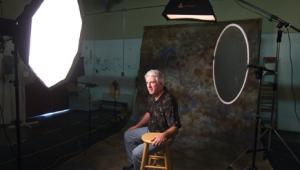Supply Side
Take Charge
What began as a story elicited so many responses that we've decided to continue it as a regular column. Here, technical representatives from manufacturers and suppliers share tips, techniques, thoughts, and photos with you. If you're a supplier who'd like to contribute to this column, contact the editorial department at (321) 269-3212 or via e-mail at: editorial@shutterbug.net. Learn control. I mean control of everything: exposure, lighting ratios, contrast, communicating with a lab, everything. In my job for Hasselblad I shoot everything from cameras and lenses, in which I must show control of highlights due to the dark subject content, all the way to portraits and fashion when I'm teaching workshops, where understanding shadow control is more important than highlights. By having knowledge of both these areas, I'm able to more accurately depict the subject as the situation dictates. "Exposure seems like such an obvious element to control, and yet I talk to photographers all over the country who are more often than not either fooled by lighting conditions affecting their exposure or at least uncertain about the appropriate exposure. When determining exposure with a handheld incident meter, consider that the meter is designed to read the amount of light falling on the subject. This means that to properly use an incident meter we have to choose where to point the spherical dome of the meter. We could aim it at the subject, but that certainly wouldn't measure any light falling on the subject, only reflecting off. We could also point it toward the camera. In some cases this may work, but not always. If the main purpose of the incident meter is to measure light falling on the subject, it seems to me that aiming the dome at the main source of light makes the most sense. Obviously, this is contrary to what some people have been taught. However, if you will take the time to run some tests for yourself, you may find that the way you've been doing things may work when you're shooting with the safety net of negative film, but you lack confidence to try it on transparency film without bracketing. By testing this idea for myself, I learned a lot of about what happens when light strikes a piece of film. "Remember--learn control of
each and every aspect of your work. It's the only way to build confidence." |
